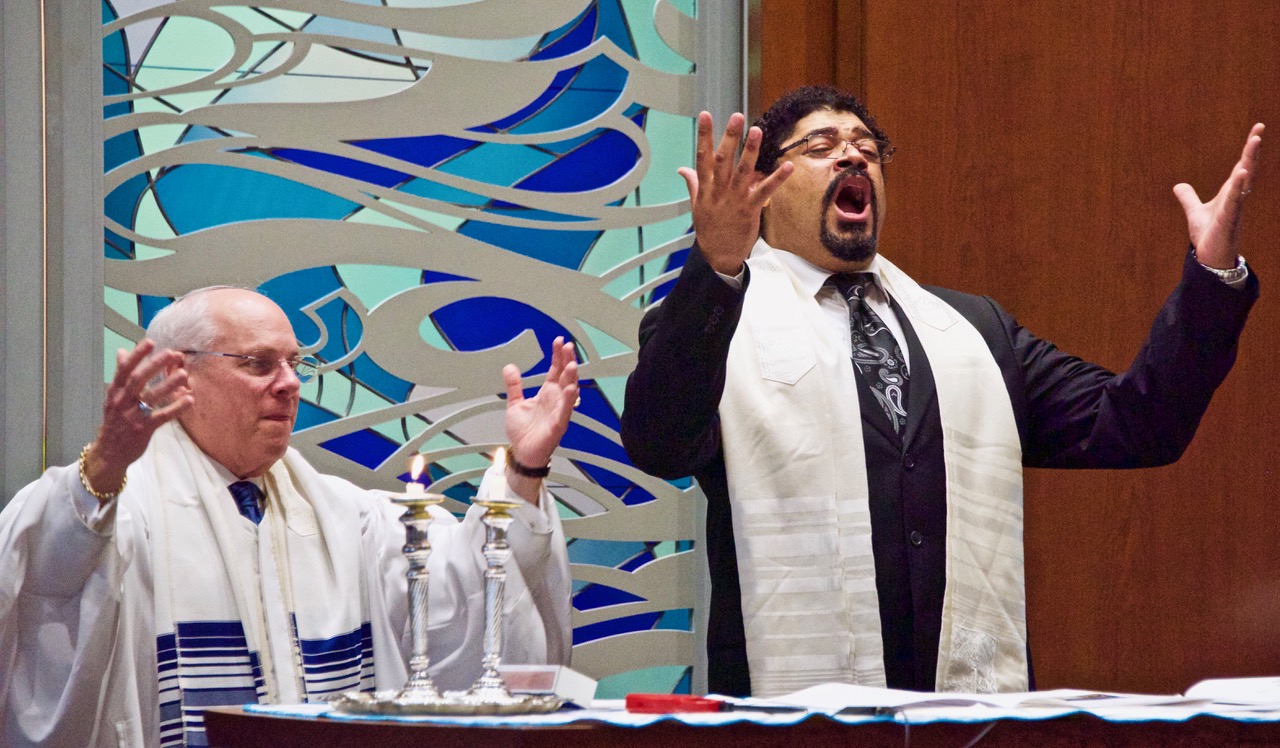"Won't You Be My Neighbor?"
7.8.2018
I recently saw the movie about Mr. Rogers, “Won’t You Be My Neighbor?” Although I had watched his show with my children for years, I learned a lot about this extraordinary man. I remember how impressed I was (although, I admit, sometimes frustrated) with the deliberate pace of his show, so different from the noisy sound bites of Sesame Street, which preceded it on our local PBS station. It took the time to explain complex ideas and emotions in a way accessible to children. But I had no idea he was an ordained minister who had studied child development.
After the movie, my friends and I talked about how it made us feel. I thought it ended on a positive note, as he remembered his mother saying that in the face of a catastrophe one should “Look for the helpers. There will always be helpers.” Each of the people who had been part of the film was able to think of someone who had a positive influence on their life. I felt encouraged by the ending. But it was also very hard not to be sad, because for every lesson of love, inclusion and acceptance that Mr. Rogers taught, it was glaringly apparent that our President preaches the opposite. And even more disturbing is how much support he gets for his messages of hate, rejection and disrespect. And this climate of hostility is being played out across the globe.
Where is the Mr. Rogers for today, helping our children understand that the world does not have to be like this? No matter who emerges or doesn’t emerge as that leader, each of us must teach our children – and all children – to find and acknowledge the dignity in every human being.
Toward the end of the film Mr. Rogers refers to Tikkun Olam, the Jewish commandment to repair the brokenness of the world. I was surprised but pleased to hear him cite the tenet so central to my own religious values. If there are signs of hope in today’s dysfinctioanl world, one is the coming together of reglious groups to fight injustice.
Several weeks ago, my synagogue, Temple B’nai Israel in Easton Maryland, dedicated a new building. Clergy of several faiths and members of their congregations attended the consecration to share in our joy.
Rabbi Peter Hyman and Jason McKinney. Photo by Alan Mickelson
After the ceremony, the Reverend Kevin M. Cross of The Church of the Holy Trinity sent a letter of congratulations in which he shared the following story:
An ancient Rabbi once asked his pupils how they could tell when the night is ending and day is on its way back. “Could it be,” asked one student, “when you can see an animal in the distance and tell if it is a dog or a sheep?” “No, answered the Rabbi. “Could it be,” asked another, “when you look at a tree in the distance and tell whether it is a fig tree or a peach tree?” “No,” said the Rabbi. “Well then, what is it?” his pupils demanded. “It is when you look on the face of any man or woman and see that she or he is your sister or brother. Because if you cannot do this, then no matter what time it is, it is still night!”
It doesn’t matter how we learn this lesson. From our parents, a leader, a teacher, or a TV show. But if we don’t, our very humanity is at stake.
